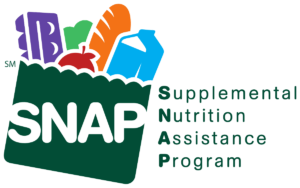Workforce Innovation and Opportunity Act (WIOA)
The Workforce Innovation & Opportunity Act (WIOA) is designed to help job seekers secure the employment, education, training and support services necessary to succeed in the labor market and to match employers with the skilled workers they need to compete in the global economy.
The WIOA Dislocated Worker program offers employment and training services for eligible workers who are unemployed through no fault of their own or who have received an official layoff notice. WIOA expands the definition of dislocated worker to include the spouse of active military who lost employment as a result of a permanent change in duty location or is unemployed or underemployed and experiencing difficulty in obtaining or upgrading employment.

Dislocated Worker Eligibility
To be eligible to receive WIOA services as a dislocated worker in the adult and dislocated worker programs, an individual must:
- be 18 years of age or older;
- be a citizen or noncitizen authorized to work in the United States;
- meet Military Selective Service registration requirements (males only); and
- meet the definition of dislocated worker at WIOA §3(15).
Services Included
Service priority is given to Veterans, recipients of public assistance, and other low-income individuals.
- Career counseling
- Job development
- Staff-assisted referrals
- Case managed job search
- Follow-up services
- Comprehensive assessment
- Development of individual employment plans
- Access to occupational and vocational training
- Assistance with supportive services (e.g., transportation, child care assistance, utility payments) to enable an individual to participate in the program
WIOA Forms & Resources
Also funded under WIOA are job training services provided by Eligible Training Providers (ETPs) approved by the Texas Workforce Commission (TWC). Learn more about the program and how to qualify as an ETP.


